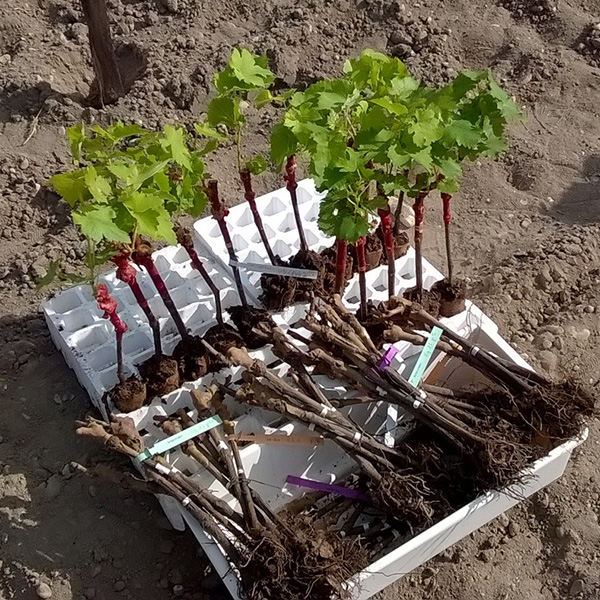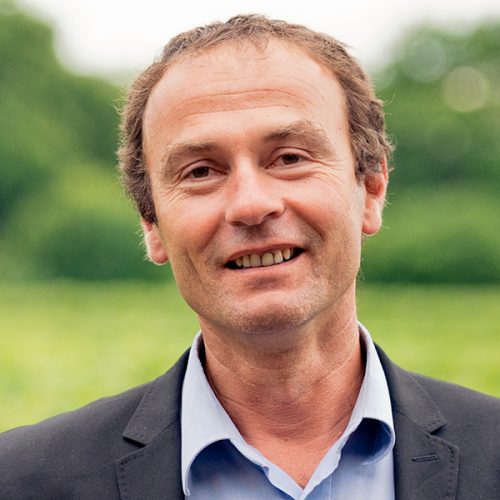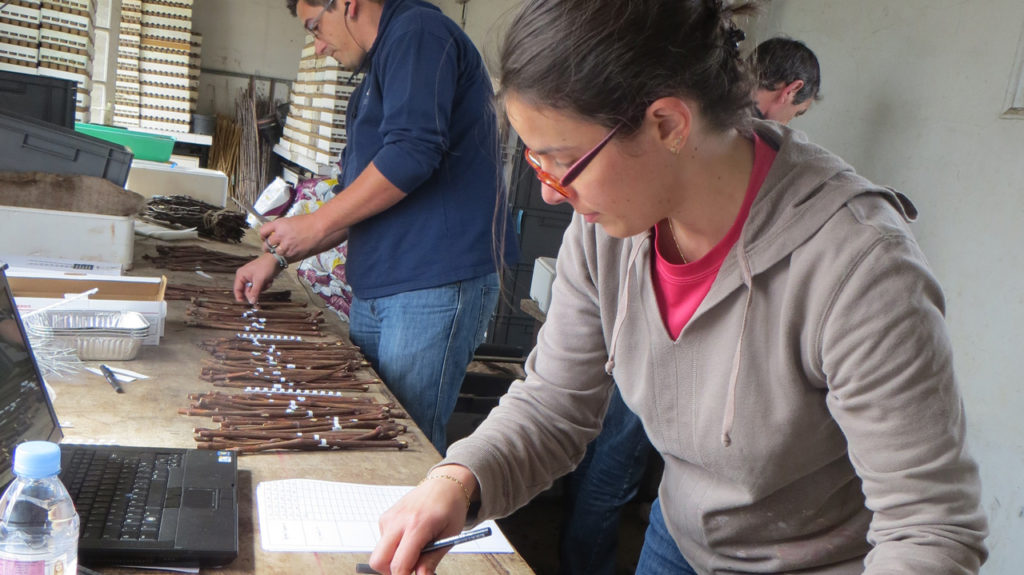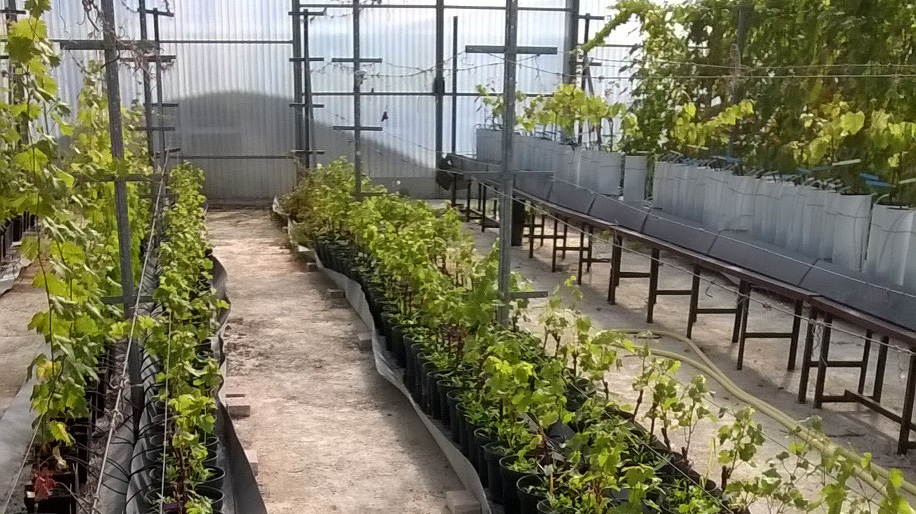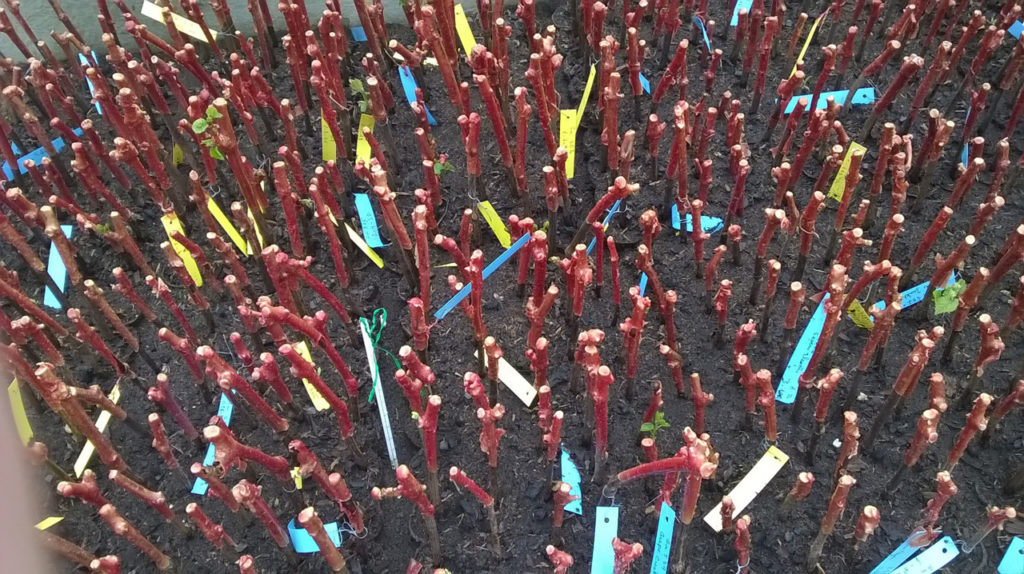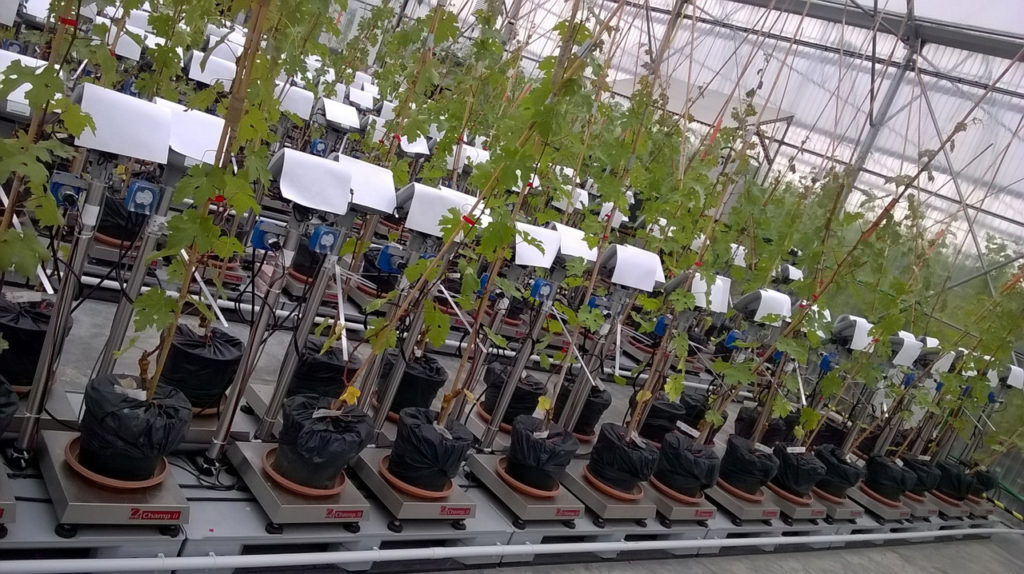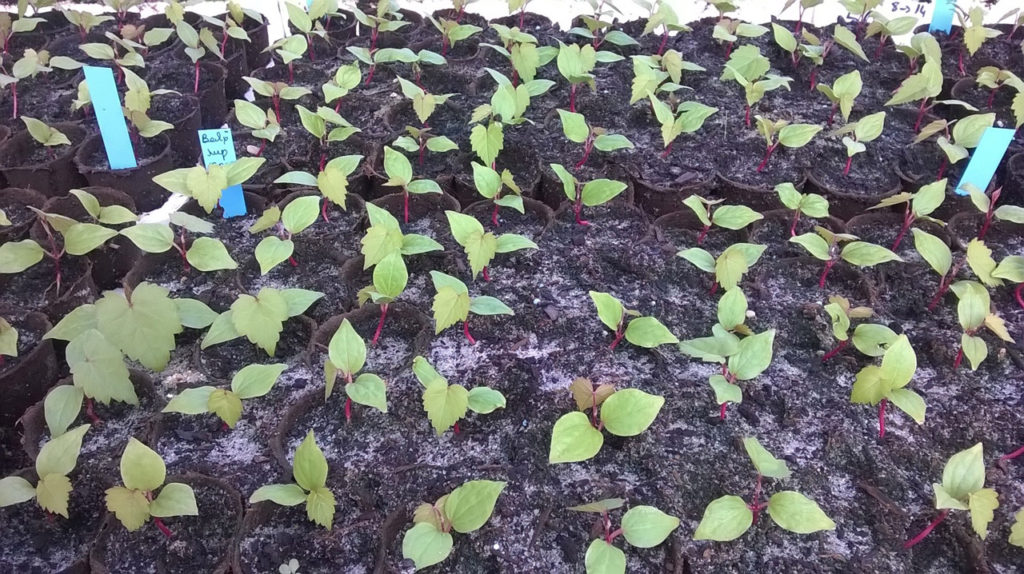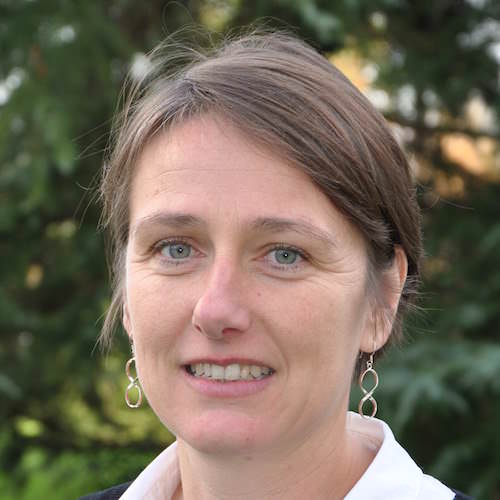Description
Analysis and modelling of rootstock/graft interactions. Application to studying the effects of the rootstock on the
adaptation of the grapevine to water stress
There is a lack of fundamental knowledge regarding the physiological mechanisms involved in
rootstock/graft interactions in relation to the environment which is curbing the development
of new rootstock genotypes more adapted to current and future environmental conditions. The
scientific objectives are therefore to:
- acquire more fundamental knowledge on the physiological and molecular mechanisms
involved in the genetic and environmental determinism of the vigour conferred by the
root system, notably under water stress conditions; - integrate this information in a mechanistic approach to model the functioning of the
grafted plant; - explore the possibility of using this ecophysiological model to link the phenotypic
complexity to the genetic traits and thus provide a new molecular marker-assisted
varietal selection tool for rootstocks.
Members of Bordeaux Sciences Agro
Study and modelling of berry quality in relation to climate change
This multidisciplinary research topic aims at understanding the physiological and molecular
origins of coupling between sugar import, primary metabolism, and synthesis of secondary
metabolites in response to the environment. The research is conducted on several levels:
- at population level, with the search for descriptors and phenological models taking into
account the genetic variability to study the development of flowers and fruit; - at plant level, with the study of the impact of the carbon/nitrogen ratio on the
metabolism of the berry in diverse climatic and genetic contexts with the aim of
modelling the metabolic flows, enzymes, and regulators involved; - at berry level, with the identification and study of target genes (coding transporters,
regulatory enzymes or proteins) of primary and secondary metabolism, and the study
of their expression and variability in various environmental and genetic backgrounds.
